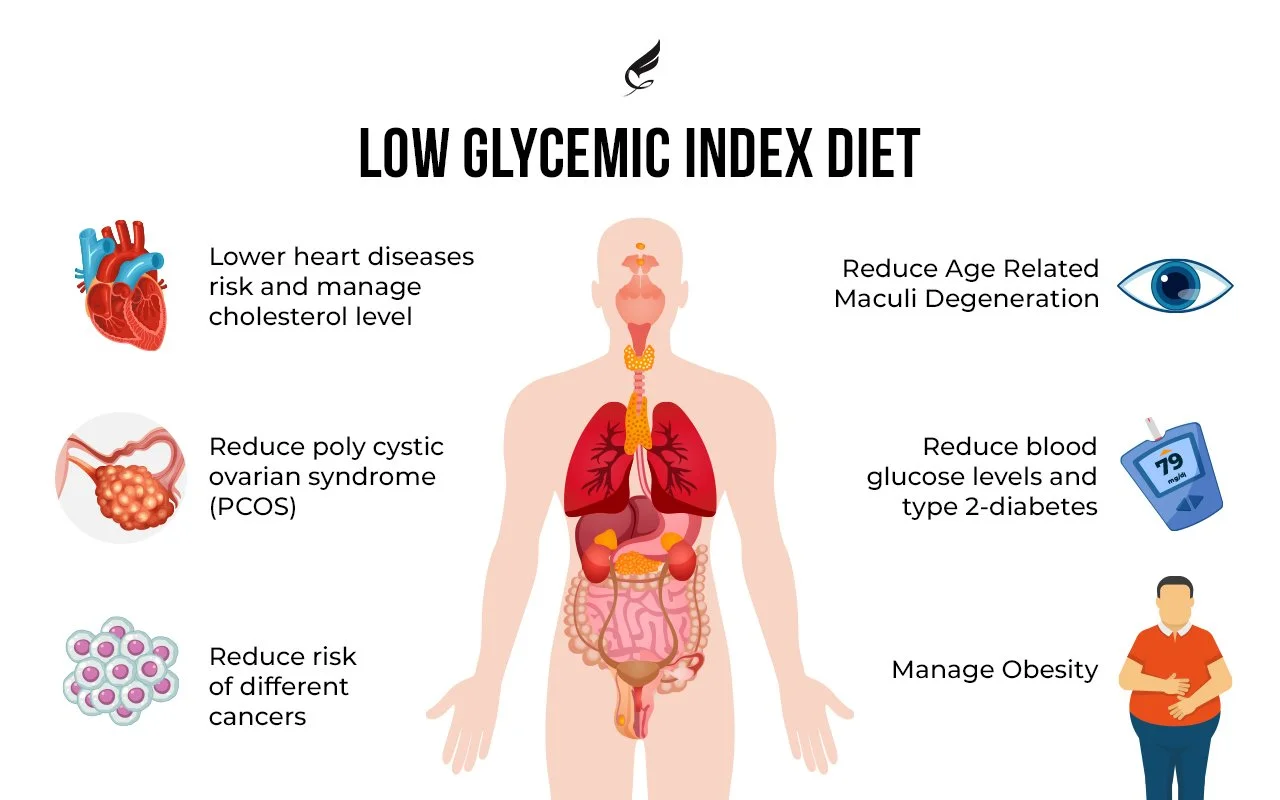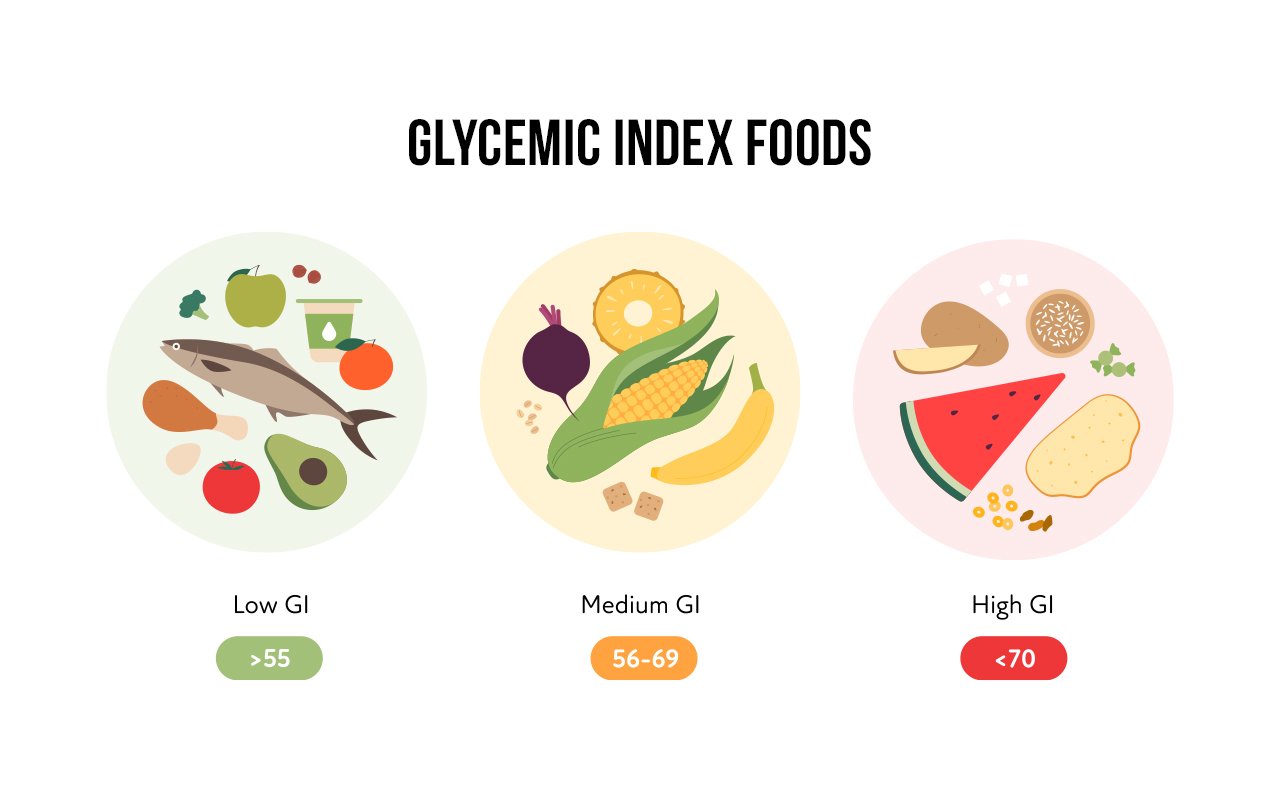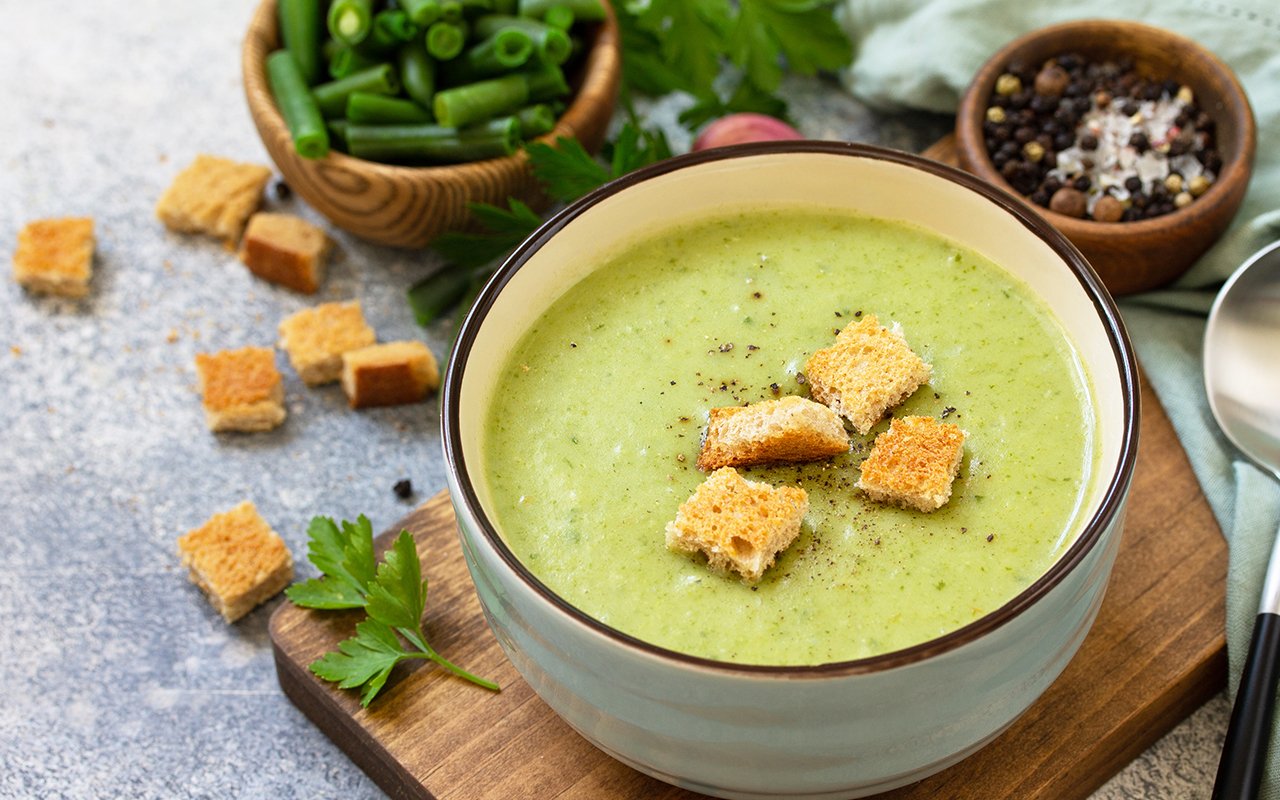Low Glycemic Foods: The Healthier Option
If you're looking for a healthier way to eat, you should consider low glycemic foods. What are low glycemic foods? They are foods that have a low glycemic index. The glycemic index measures how quickly a food raises blood sugar levels. Low glycemic foods raise blood sugar levels more slowly than high glycemic foods. This is important because it helps keep your blood sugar levels stable. This blog post will discuss the benefits of eating low glycemic foods and list some of the best low glycemic foods to eat!
What Are The Benefits of Eating Low Glycemic Foods?
There are several benefits of eating low gi foods. One benefit is that it can help you control your weight. When you eat foods with a high glycemic index, your blood sugar levels spike and then crash. This can lead to overeating or snacking because you're trying to raise your blood sugar levels. Eating low glycemic foods can help you avoid this blood sugar roller coaster and control your weight in the long term.
Another benefit of eating low gi foods is that it can help you manage diabetes. If you have diabetes, it's essential to maintain your blood sugar levels. Eating low glycemic foods can help you do this by preventing blood sugar spikes. Low glycemic foods can also help you manage other conditions such as heart disease and high cholesterol. They are also beneficial in promoting a healthy bacteria flora in the bowel and intestines, reducing bloating, bowel disorders, and food sensitivities.
So, now that we know the benefits of eating low gi foods, let's take a look at some of the best low glycemic foods to eat!
What Are Low Glycemic Index Foods?
Let's start with three macronutrients. Firstly, fats and protein foods are not made up of glucose units, meaning they all have a glycemic index 0. So, if we mix these foods with other foods with a medium or high glycemic index, we can reduce the overall glycemic index of the meal and slow the digestion and absorption.
This means that adding fats, oils, and cream to dishes reduces the glycemic index of a meal. However, we must keep in mind the portion control for our needs.
Carbohydrate foods can have a low, medium, or high glycemic index. The ones with a low G.I. are slowly broken down into the component glucose molecules, which are then absorbed.
If carbohydrates are associated with dietary fiber, such as skins, pips, and seeds, they slow down the digestive process and their absorption. Some carbs with a low glycemic index are buckwheat, pasta, oats, sourdough rye, rice noodles, baked beans, chickpeas, corn, peas, apples, bananas, grapes, pears, strawberries, nuts, tomato soup, etc.
What are Glycemic Index and Low Glycemic Index Foods?
The standardized Glycemic Index ranges from 0 to 100. As already disguised, fats and protein foods have a G.I. of 0, whereas pure sugar has a G.I. of 100.
We've included a glycemic index chart so that you can understand which foods are considered low medium, or high glycemic. Use this chart as a guide when grocery shopping or meal planning.
Low-glycemic foods have a glycemic load of 55 or lower.
Medium-glycemic foods are ranked between 56 and 69.
High-glycemic foods are ranked at 70 and above.
The glycemic index is not the only factor that affects blood sugar levels. Other factors include the type of carbohydrate, the amount of fat and protein in a food, and how processed a food is.
However, the glycemic index is an excellent place to start when you're looking to make healthier choices.
How Does Food affect Blood Sugar levels and Hunger?
The glycemic index measures how much food raises your blood sugar levels. Foods with a high glycemic index raise your blood sugar more than foods with a low glycemic index. What does that mean?
The process of breaking down the food we eat into tiny molecules our body can absorb is called digestion. This means that sugars and starches are broken down during digestion into their component parts of glucose. When glucose is eaten on its own, it enters the bloodstream rapidly, so the blood glucose level zooms up quickly. The level also falls quickly; indeed, it may drip down very rapidly and to a very low level. That is why we often feel hungry again soon after we have eaten food that causes a rapid rise in blood glucose level because when we have that equally rapid fall, our bodies tell us to eat to boost the blood glucose level up again.
This is another benefit of eating low gi foods; it keeps us satisfied for longer and suppresses cravings.
Check These Low Glycemic Index Meals For The Family
What's fantastic about a low gi diet is that there's a wide variety of low glycemic foods. Family won't even notice that the foods have only low G.I. It is ideal for all family members, including children, as the meals are sustaining and satisfying and mean that everyone can enjoy life rather than seeking the next snack.
Now that we know of all the benefits, let's look at some meal ideas you can make for your family.
One idea is to make a stir-fry with chicken or shrimp and vegetables. You can use any vegetables, but some good options include broccoli, carrots, peppers, and cauliflower. For the chicken or shrimp, you can either cook it in a pan with some oil or bake it in the oven. Serve this stir-fry over rice noodles.
Another option is to make a soup or chili. You could use any bean for the soup as your protein source. Some good vegetables for soups and chili include tomatoes, onions, carrots, celery, and peppers. You can make the soup in a crockpot or on the stovetop.
And lastly, you could make a frittata with vegetables and ham or bacon. Start by cooking the ham or bacon in a pan. Once it's cooked, please remove it from the pan and set it aside on a paper towel to cool. Then, add your vegetables to the pan and cook them until they're soft. Once the vegetables are cooked, add the ham or bacon to the pan and pour some eggs. Cook the frittata until the eggs are firm, then slice them into pieces. Serve it with a side of fruit.
As you can see, there are plenty of meal options that you can make for your family that are low glycemic. So next time you're planning meals, keep this in mind and try to incorporate some low glycemic foods into your recipes. Your family will love the delicious food, and you'll love knowing that you're feeding them healthy meals.
If you or your loved ones are facing issues with constipation, leaky gut, bloatedness, indigestion, lack of focus, and poor sleep, then our Low Glycemic Total Healing Program is the best thing you could do for yourself!
If you need some help getting started, you can book your FREE consultation to discuss how our Low Glycemic Total Healing program can help you improve your health!
3 FACTS THAT YOU DIDN'T KNOW!
Fruits have a higher glycemic index when it is riper because ripening means a process of breaking down fruit starches into sugar.
The longer the carbohydrates are cooked and processed, the higher the GI of the foods. By heating them, the process of breaking down the structure of carbohydrates has already started, thus shortening the time during which the body breaks down carbohydrates.
A person with diabetes can eat carbs as long as he sticks to low glycemic index foods and portion control. He can even reduce his blood sugar and reverse the disease in the longer term.
Is Low GI Foods Diet a Healthy Diet?
Foods with a low glycemic index are digested more slowly by the body, which helps keep the blood glucose levels at a medium level longer, making us feel satisfied longer and, therefore, less hungry.
Low glycemic foods are considered a healthy option that can provide many benefits. If you want to improve your health, weight, or blood sugar levels, consider starting with a Low Glycemic Index Total Healing Program!
It is a four weeks program that will teach you the basics of Low Glycemic foods and many low G.I. recipes and track your progress.
Adapting a low glycemic diet is a great way to improve your health and well-being, so don't wait any longer; sign up today!
Are you interested in combining a healthy diet with a workout program to maximize results?
We offer plenty of services to help you achieve a wide range of fitness goals. Whether you want to lose weight, reduce your blood glucose levels, build muscle, or prepare for a competition, we can help!
To find out more about our services, check out:
Fortius Dubai Fitness & Wellness Blog:
#StayStrong #BeFortius











